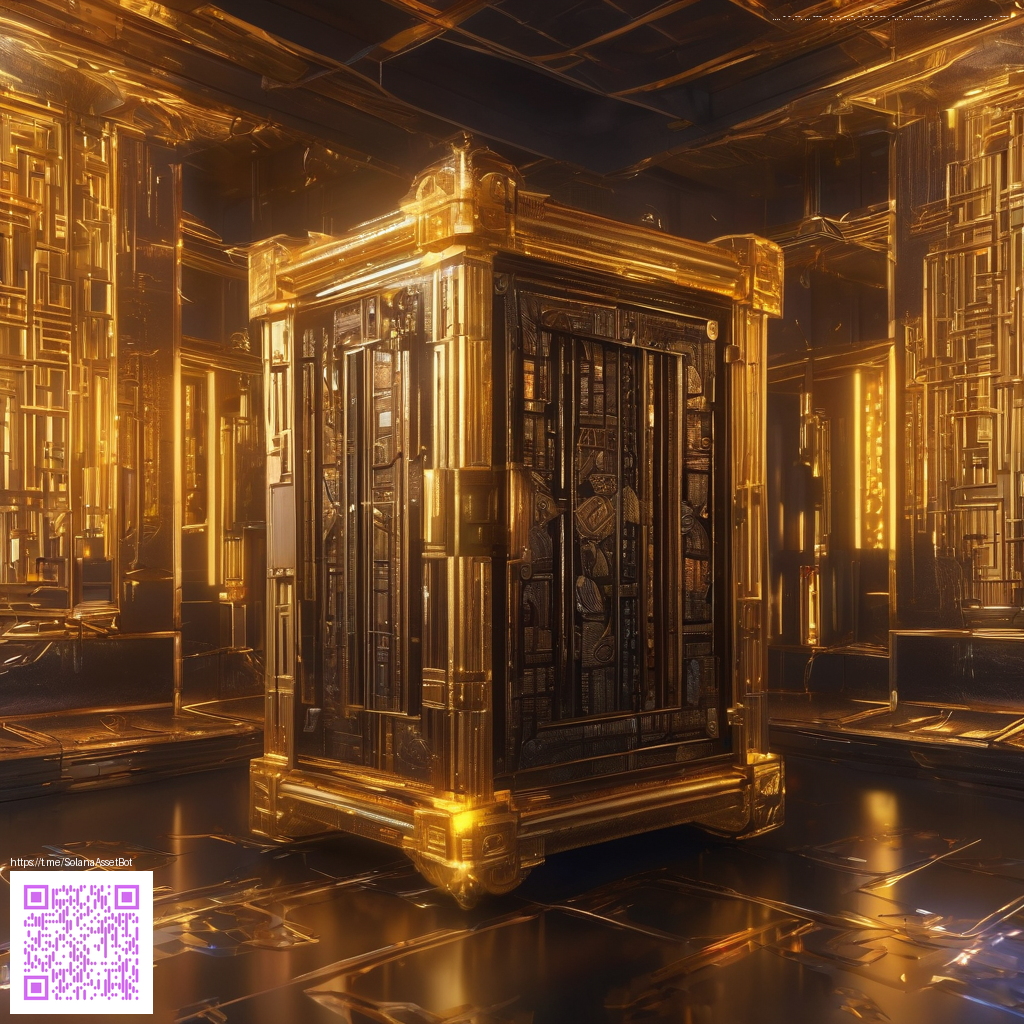
Crafting LUTs and Color Presets for a Cohesive Cinematic Look
In modern videography, the look of your footage often starts long before the camera rolls. A well-designed LUT (look-up table) or color preset can be the difference between a flat, clinical image and a cinematic mood that sells your story. LUTs act as color translators, mapping one color space to another and preserving information across brightness ranges. But a LUT on its own won’t automatically deliver a filmic result—you need a thoughtful workflow, a calibrated viewing environment, and a clear creative brief.
Understanding the toolkit: LUTs, color spaces, and scope
There are two major categories to consider: 1D LUTs and 3D LUTs. 1D LUTs affect single channels (R, G, B) independently, often handy for quick channel tweaks or tonal balance. 3D LUTs, by contrast, map colors in a multi-dimensional space, producing richer, more nuanced grades that preserve natural skin tones. When you design presets, think about the creative intent first: should the image feel warm and vintage, cool and clinical, or bold and stylized?
“A LUT is a tool for consistency, not a shortcut for taste. Your taste should drive the look, and the LUT should carry that look across scenes.”
Color spaces matter too. Rec. 709 remains the workhorse for HD delivery, while Rec. 2020 or HDR spaces are common for newer pipelines. Your workflow should include a calibrated monitor, proper exposure checks, and a reference chart to ensure that what you see on screen translates to the final render. If you’re shooting with a hybrid setup—log footage from a cinema camera and footage from a smartphone—that’s where presets shine, stitching disparate sources into a cohesive narrative.
From shoot to preset: a practical workflow
- Capture a neutral baseline. Shoot in log or flat profiles to preserve dynamic range. Keep exposure within a comfortable range to avoid clipping skin tones.
- Apply a mechanical correction. Use a base correction to fix white balance, contrast, and exposure. This creates a clean slate for artistic grading.
- Build the look in steps. Start with global adjustments, then sculpt contrast, colorfulness, and saturation. Use a color checker for reference and note the numeric targets you’re aiming for in shadow, midtone, and highlight areas.
- Export a test LUT. Save the look as a 3D LUT and test it on multiple clips from different scenes. This helps ensure the look isn’t specific to a single lighting setup.
- Refine with feedback loops. Compare results side by side, check skin tones in different lighting, and verify how the LUT behaves when you push the footage in post. Iterate until the mood remains true across shots.
Presets that travel well across cameras
One key advantage of color presets is the speed they bring to a project. A strong preset should travel across cameras and lenses without alienating skin tones or clipping color information. That means testing with source footage from multiple sensors, adjusting for latitude, and creating a naming convention that makes version control easy. In practice, you’ll often maintain a neutral baseline and layer creative looks as separate preset packs so you can mix and match without compromising consistency.
“Skin tones should feel natural first; the mood comes after.”
Protecting your gear and workflow on location
Field work demands equipment that won’t fail when you’re chasing golden hours or sudden rain delays. For videographers who shoot on the go, having reliable protection for gear—like a compact, protective case—helps keep lenses, cameras, and accessories safe in unpredictable conditions. If you’re exploring gear options, consider lightweight protection that travels with your rig. For a concrete example of gear accessories, you can explore practical options on the product page: https://shopify.digital-vault.xyz/products/neon-clear-silicone-phone-case-slim-flexible-protection.
Testing, documentation, and sharing your look
Documentation is your best friend. Maintain a simple lookbook: capture stills from each grade, note the LUT name, and document camera settings. When you share your presets with a team or fellow editors, include a short guide: what the LUT is designed for (indoor/outdoor, daylight/night), target color temperature, and recommended exposure range. This not only speeds up collaboration but also minimizes back-and-forth during post production.
As you refine your process, you’ll discover which combinations of look, contrast, and saturation consistently endure on devices and platforms. A thoughtful approach to LUT design empowers you to deliver a cinematic feel efficiently, without sacrificing control over the final mood.